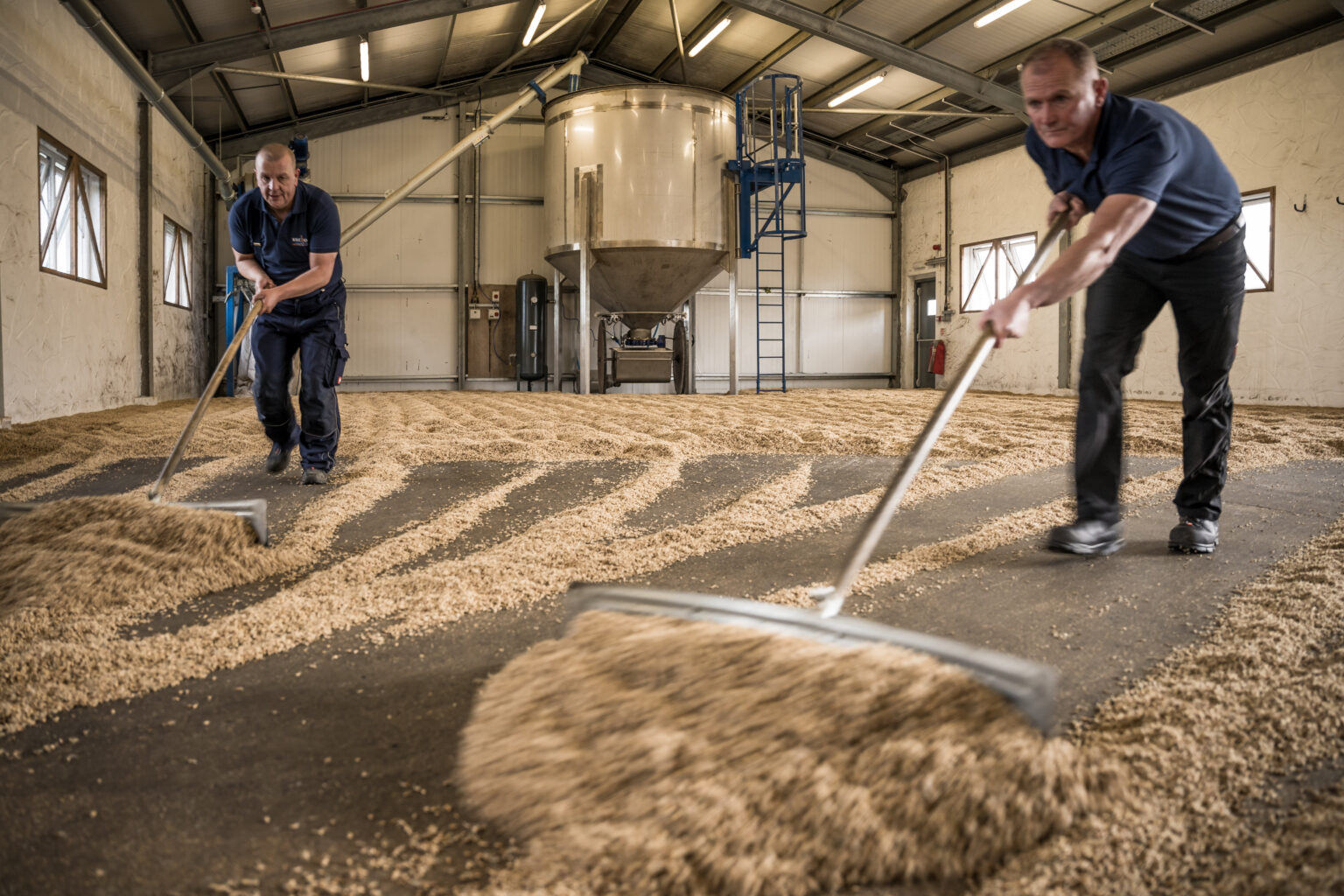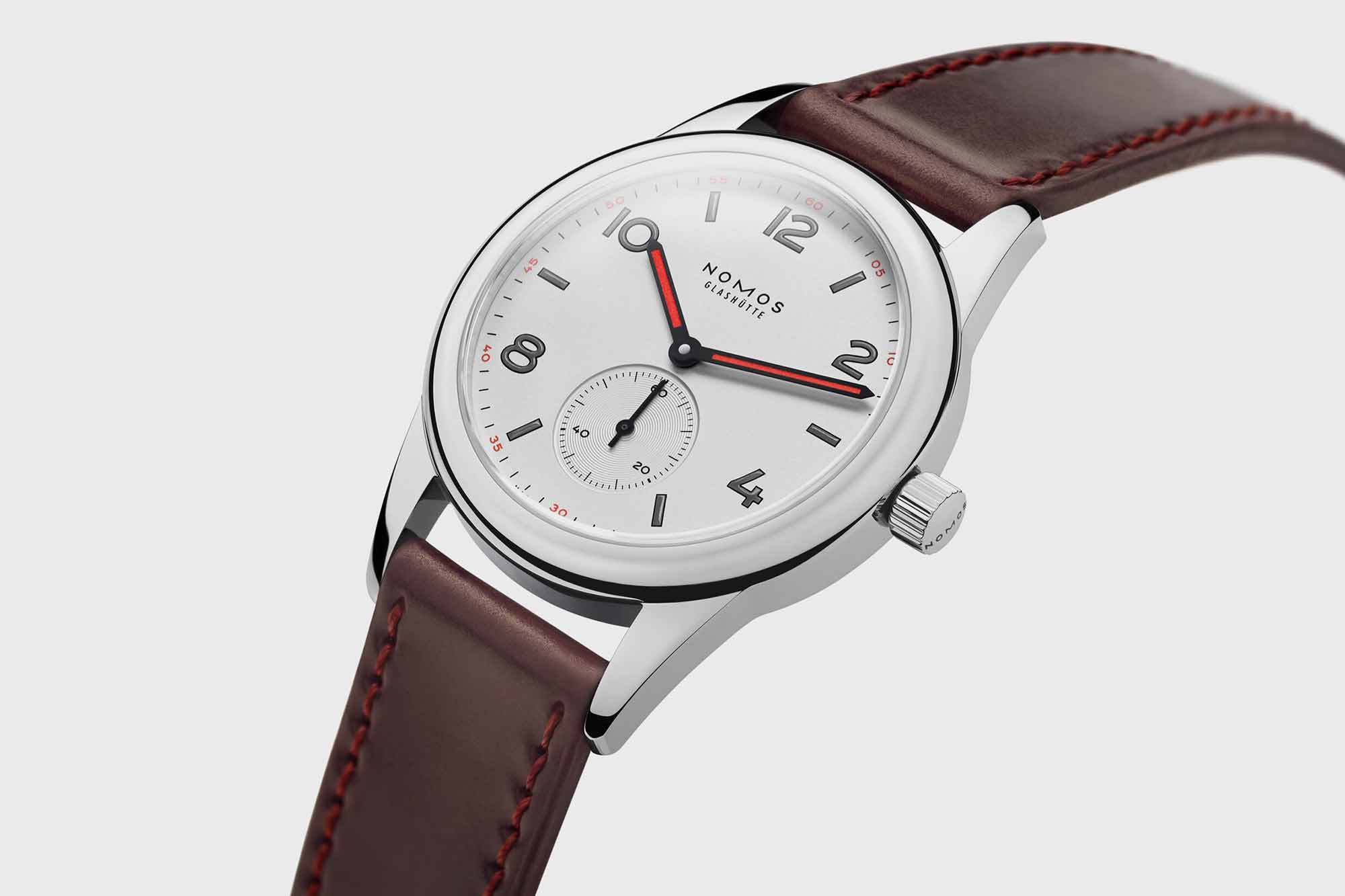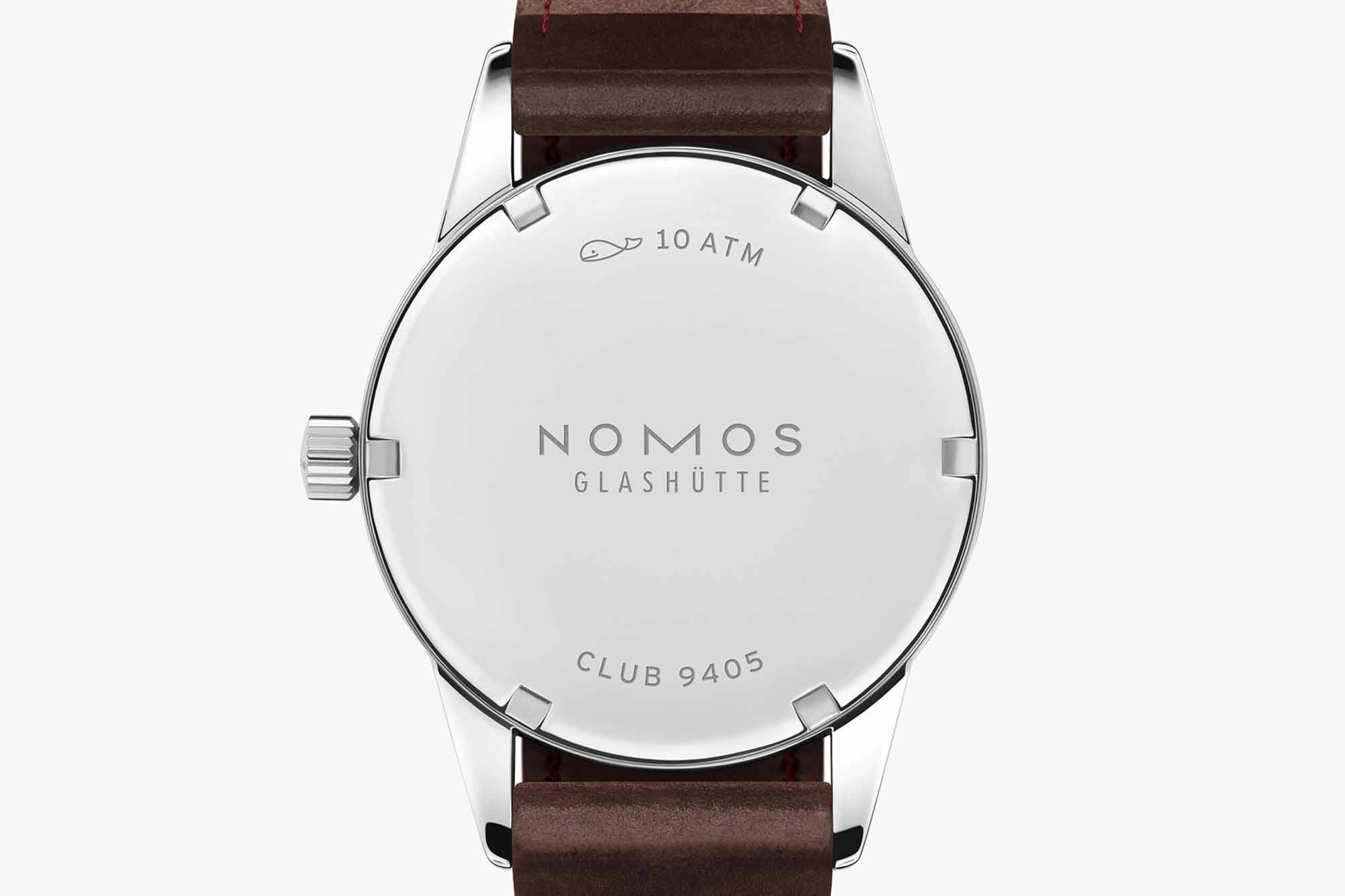Lap #6.
Wristmas & The W’s: Lap 6
Wow, six weeks already? Can't believe you're still putting up with my ramblings! Thanks a ton for sticking around. I genuinely love this creative outlet where I get to share tidbits about Whisky, Watches & Wheels, whether they're must-knows or just plain cool to know.
By the way, if there's something specific you'd like me to cover or if you just want to chat, feel free to hit me up with a reply to this email. And, hey, if you want to let me know how incredibly awesome I am, well, I won't complain... or at least give me a good chuckle!
Alright, folks, let's hit the road. I hope you're as hungry for adventure as I am... or maybe I should say thirsty because I'm starving for some espresso. Time to refuel!
Whisky
Benriach Malting Season and Benromach Cask Strength Review #3
This week, we're still deep into the Scotch trail. While I'd love to be driving along the Scotch trail in a '90s Land Rover Defender 110, with a slight lift, blasting AC/DC, enjoying the rolling green hills, and the scent of the lochs in the air, reality check – I'm here in my apartment in Fort Lee, New Jersey, listening to the George Washington Bridge traffic. At least I have whisky!

Benriach just released its latest limited edition: Malting Season (Edition 3). For this edition, master blender Dr. Rachel Barrie used concerto barley, like the first two releases. The whisky was aged in a mix of virgin oak and first-fill bourbon casks. Yummy! But you might say, "Mark, all scotch has malted barley, you roaster! What's so special about a malting season?" Well, these Malting Season releases celebrate the tradition of floor malting, where distilleries hand-malt barley on-site. It's more expensive than sourcing supply from a commercial malt house, and sadly, this economic factor led to a decline in malting floors across Scotland over the years. Today, only eight distilleries in Scotland still have malting floors: Benriach, Balvenie, Bowmore, Glen Garioch, Highland Park, Kilchoman, Laphroaig, and Springbank. Crazy, right?
But what's floor malting all about? Or malting in general? Let's dive in. No test, I promise!
Malting is the process where barley transforms into sugar, which then ferments into alcohol. Distilleries use it to make non-aged, clear whisky, which is later aged in wood barrels, usually oak. Floor malting is a traditional grain malting method that dates back to the 3rd Century A.D., a testament to its enduring legacy. After soaking the grains, they're spread on a smooth concrete floor for germination. Over four to five days, the grains germinate, producing the essential sugars for fermentation.
Regular turning, either by hand or with a machine every eight hours, prevents root growth and the formation of a mat. Once the maltsman determines that the desired sugar and enzyme levels have been achieved, the grain is moved to the kiln to halt the malting process.
In the past, this turning was done with a big malt shovel, but the repetitive motion led to physical strain and resulted in an occupational ailment known as "Monkey Shoulder." Today, Monkey Shoulder is a well-known blend of Glenfiddich, Balvenie, and Kininvie. Look for the bottle with three monkeys, representing the three distilleries.

But since floor malting isn't commonly used today, what's the alternative? Floor malting isn't just labor-intensive; it also requires skill in maintaining the right climate for optimal germination. Scotland's ever-changing weather plays havoc with the temperature and humidity in the malting room. These fluctuations directly affect germination; if it stops, it can lead to the growth of unwanted mold and fungi, which would taint the whisky's flavor.
In contrast, industrial malting processes offer consistency and scalability. Precise temperature and humidity control lead to more efficient starch-to-sugar conversion compared to traditional floor malting. They use large warehouses to control these elements. When you can "control the weather indoors, you can control your product." Floor malting buildings are usually open-air.
The sentimental aspect of floor malting is its connection to traditional methods predating industrialization driven by profit. It embodies the historical essence of whisky production, and some argue it holds cultural significance that goes beyond serving as an attraction for distillery tours.
As for me, floor malting lends a distinctive "rawness" to the whisky, but it's hard to pick a clear winner. My top two distilleries, Springbank and Benromach, each bring their unique characteristics to the table. Springbank uses floor malting, while Benromach opts for mass-produced malting tailored to their specifications. As someone with a scientific inclination, I appreciate advancements, but my heart also holds a deep fondness for tradition. It's quite the conundrum declaring one as superior to the other.
Wristmas and The W's Review #3 - Benromach Cask Strength: Batch 1. Vintage 2007
Release: This particular bottling is batch 1, but the Cask Strength Vintage line is being released as a core offering. So, great availability, although it's more accessible in Scotland.
- Proof: My bottle is 116 proof, but they range from around 114 to 121+ proof.
- Age: Approximately 10-11 years, depending on the batch. Mine happens to be 11 years old.
- Cask: First-fill bourbon and sherry casks.
- MSRP: It usually hovers around $80-90, but I snagged one in Scotland for 59 GBP.
Nose
Right off the bat, it's distinct and a bit funky. Both the bourbon and sherry casks make their presence known. You'll pick up hints of vanilla, but there are also deeper, spicier notes, along with a gentle wisp of smoke. There's still a workshop feel, reminiscent of the 10-year-old expression, with traces of smoke, sherry, and a faint hint of pine.
Palate
The palate brings a bit more fruitiness into the picture, but it's not your typical fresh fruit; it leans more towards richer, stewed fruits. There's also a stronger presence of wood spices and a mild, savory smokiness. The mouthfeel is pleasingly oily, though not as oily as I'd anticipated. Interestingly, after letting the whisky sit in the glass for about 10-15 minutes, those red berry undertones become more pronounced, harmonizing beautifully with the lingering backdrop of smoke.
Finish
The sherry spiciness hangs around on the finish, with just a subtle hint of peat. Most of the palate's flavors endure, leaving you with a comforting warmth that lingers.
Among Benromach's offerings, this one stands out as a personal favorite. While I've collected every core release, as well as some of their rarer single editions (including a 30-year-old bottling), this one undoubtedly shines in my collection. Its pricing is quite reasonable, especially in the UK, although I've come across it for around $80 during my whisky explorations. At this price point, it's a purchase I consistently find myself making. I wholeheartedly rate it as a solid 5 W's.

Watches
Baltics New Field Watch & NOMOS Club is back

All Baltic images curtesy of Baltic press release.
Baltic is a French watch brand. Most watch enthusiasts are familiar with this brand, but if you're not entirely obsessed, you might have missed it. Baltic was founded by Etienne Malec, whose passion for watchmaking was ignited by discovering his father's collection of timepieces. Though he didn't know his father well, he was a photographer and an avid collector who meticulously recorded every watch he encountered in a diary. This inspired Etienne to embark on his journey in watchmaking in 2005, and in 2016, he established Baltic, a brand that pays tribute to his father's roots on the northern coast of Poland. It's his way of honoring his father and expressing his own creative inspiration. Despite being a relatively young brand, they've managed to build up quite a reputation.
Just this past week, they unveiled a new field watch, and it's quite impressive. Field watches tend to follow a similar pattern, which makes sense because they're popular for a reason. Baltic's Hermétique watches embrace the essence of field watches but introduce subtle enhancements. These timepieces are primarily designed for discreet functionality.

The stainless steel cases maintain a classic 37mm diameter, with a unique feature of a recessed crown on the case side, which is unconventional for field watches. This design aligns with the watch's practicality, boasting a slim case profile of just 10.8mm, including the domed sapphire crystal.
The Hermétique watch by Baltic boasts a unique dial design. It features Arabic numerals at the cardinal points and luminescent applied hour markers filling in the spaces between them. The dial's outer section is adorned with a black railroad minute track, and the hour markers extend from this track into the dial's interior, creating a sense of depth. Additionally, the watch sports syringe-style hands, and its dial text is kept to a minimum, featuring only the brand's name, "Hermétique," and a water resistance rating of 150 meters.

Baltic offers the Hermétique in four distinct dial colors: green, blue, beige, and brown, all of which have matte finishes in the interior section. Interestingly, there is no black option, which is typically associated with field watches. This choice reflects Baltic's unique spin on the traditional format. Each variant comes with a color-matched Tropic-style strap and the option to purchase Baltic's beads-of-rice or flat-link bracelets. Surprisingly, the green and beige options are my favorites, even though I'm usually a blue watch dial kind of guy.

Under the hood (pun not intended), there's no surprise from Baltic. The Hermétique Tourer Edition is powered by the reliable Miyota 9039 automatic caliber, providing a commendable 42-hour power reserve. These new Hermétique watches are priced at 550 € when equipped with a rubber strap and will be available for preorder on the Baltic website starting October 10, with deliveries expected in early November. Check out Baltic watches for more info.

NOMOS Club

All NOMSOS images curtesy of NOMOS press release.
NOMOS is a German brand that I've admired from a distance but never pulled the trigger on. Known for their sporty modern dress watches, they've brought back one of my favorite designs, the Club, after a short retirement in 2017. During its retirement, the Club received some basic cosmetic upgrades.

The NOMOS Club watch retains its classic appeal while incorporating subtle yet impactful upgrades. Its silver-plated dial features dark gray numerals, slightly darker than before, and extended hands. The numerals are now outlined with luminescent material for easy readability day and night. The minute track is skillfully integrated within the numerals, enhancing the dial's open and spacious feel.

These enhancements, including the brighter dial, larger hands, and lumed numerals, broaden the Club's appeal to a new audience seeking entry into the luxury watch market. They also make it much more legible. This stylish 36mm timepiece, with its steel case and brown Horween leather strap, is versatile for various occasions, whether you're in the boardroom or at the bar. It rocks 43 hours of power reserve, and I actually enjoy the shorter power reserve on manual wind watches. It makes you feel more connected to the watch.

The only true gripe I have is the size; the 36mm is a bit too small for my taste (I have 7.5" wrists). While 36mm watches are making a comeback, I believe the sweet spot is still 38-40mm. The NOMOS is priced at $1500 with a closed caseback and $1800 for a sapphire caseback to enjoy that movement. Check out NOMOS website for more info. I'm still lusting after the Gray Club Campus. One day.
Wheels
MICHELIN Starred tires? And Ultra-Luxury Maybach EV.
So, what kind of tires are you rolling with? MICHELIN, perhaps? Beyond making top-tier tires, did you know MICHELIN has a fascinating history? Let's start with Bibendum. You've seen him – the jolly fellow who's white, round, and has been around since 1894. No, I'm not talking about myself; I mean the MICHELIN tire man!

But here's the twist: MICHELIN does more than manufacture exceptional tires. Ever heard of those coveted MICHELIN stars that restaurants strive for? Yes, those very stars! Surprisingly, they originate from a tire company. Now, you might wonder, why would a tire company be in the business of rating restaurants? Well, think about it – how do you get to those restaurants? You drive, of course, and your trusty vehicle relies on tires.
In 1889, two visionary brothers, Andre and Edouard MICHELIN, launched their iconic tire company in Clermont-Ferrand, France. To boost car and tire sales, they devised a clever plan: create a red guide filled with invaluable travel tips. However, a pivotal moment arrived when Andre MICHELIN stumbled upon his beloved guides being used as makeshift workbench supports. Fueled by the belief that "man only truly respects what he pays for," they unveiled a new MICHELIN Guide in 1920, available for purchase at seven francs.

This revamped guide wasn't just about tires; it featured comprehensive listings of Parisian hotels, categorized restaurants, and ditched paid advertisements. The MICHELIN brothers took it a step further in the 1920s by introducing anonymous restaurant inspectors. By 1926, they initiated the practice of awarding stars to fine dining establishments. The star system underwent further evolution, encompassing ratings from zero to three stars by 1931. Notably, the criteria used for these rankings were made public in 1936.
Throughout the 20th century, the MICHELIN Guides achieved best-seller status. They currently rate over 40,000 establishments across more than 24 territories spanning three continents. What's remarkable is that MICHELIN's founding vision remains relevant in the 21st century, as it continues to make driving, tourism, and unforgettable experiences accessible to all.
Over the weekend, MICHELIN made an announcement: they're going back to their roots and making waves in the hotel industry, creating a frenzy of fully-booked accommodations with MICHELIN Keys. What's truly fascinating is that the MICHELIN Guide doesn't just transform the restaurant and hospitality sectors; it also positively impacts the surrounding businesses, illustrating how MICHELIN's influence extends across multiple industries. Good on you, Bibendum.

Mercedes-Maybach EQS EV

The 2024 Mercedes-Maybach EQS SUV exemplifies the perfect marriage of electric power and opulence. This luxurious vehicle builds upon the Mercedes-Benz EQS SUV's foundation, elevating it with lavish enhancements. From its distinguished appearance with Maybach styling touches to its premium interior, the Maybach EQS SUV exudes elegance.
The exterior showcases Maybach's signature grille design, featuring sleek vertical chrome strakes and a prominent Mercedes emblem. The choice of a two-tone paint scheme or more understated monotone options allows for a personalized look. Wheel options vary, catering to traditionalists with monoblock-type wheels and appealing to modern tastes with a unique lacelike design composed of small Maybach logos.

Inside, the Maybach maintains its theme of embellished familiarity. The massive glass Hyperscreen dashboard, standard in this model, incorporates Maybach-specific elements. Premium leather covers nearly every surface, treated sustainably with coffee-bean shells as tanning agents. The open-pore wood trim and knurled metal pedals add to the luxurious ambiance.

The rear compartment is where the Maybach EQS SUV truly differentiates itself. By eliminating the third row of seats and partitioning off the luggage compartment, it creates a spacious and exclusive rear seating area. Individual rear seats come with a sweeping center console, offering maximum comfort to passengers. The available Executive Rear Seat Package Plus enhances the experience with massaging calf rests, folding tray tables, heated and cooled cupholders, a refrigerated compartment, and optional silver champagne flutes.
Entertainment is at its finest with 11.6-inch screens for each rear passenger. While touch operation is possible, a detachable mini tablet controller provides convenience. The right rear seat reclines effortlessly, providing a serene view through the panoramic sunroof. The cabin remains remarkably quiet, thanks to sound isolation from the sealed-off cargo area, allowing the standard 15-speaker Burmester audio system with Dolby Atmos processing to deliver exceptional clarity and power.

Under the hood (Do we still say this for EVs?), the Maybach EQS SUV boasts 649 horsepower and 700 lb-ft of torque, offering impressive acceleration. Charging and range are vital for an EV, and this model features a 107.8-kWh battery pack estimated to provide a range of approximately 372 miles (European WLTP standard) or closer to 285 miles (EPA methodology). DC fast-charging at up to 200 kW ensures quick replenishment during road trips.

The Maybach EQS SUV stands as one of the most luxurious EVs available. It effortlessly combines the silent and smooth nature of electric propulsion with an abundance of interior space. Expected to start at around $200,000, it offers a compelling alternative to the Rolls-Royce Spectre at a more accessible price point. This vehicle underscores the perfect alignment of electric power with the Maybach brand's commitment to opulence and comfort. Although it's an amazing car, I wouldn't buy it even if I could (I'd need a LOT more subs for that...). I'm not a huge fan of Maybachs. I may be in the minority, but so be it.
Alright, folks, let's hit the road and continue this adventure. I hope you're as hungry for excitement as I am... or at least for some espresso. Time to refuel!
Cheers! 🥃⌚🚗
Mark
Chief Enthusiast, Wristmas & The W's
